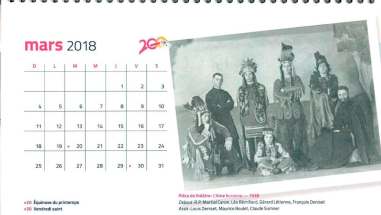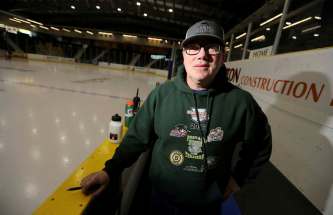Lists with a Manitoba twist You think you know everything about Manitoba? The new book Everything Manitoba will prove you wrong
Read this article for free:
or
Already have an account? Log in here »
To continue reading, please subscribe:
Monthly Digital Subscription
$0 for the first 4 weeks*
- Enjoy unlimited reading on winnipegfreepress.com
- Read the E-Edition, our digital replica newspaper
- Access News Break, our award-winning app
- Play interactive puzzles
*No charge for 4 weeks then price increases to the regular rate of $19.00 plus GST every four weeks. Offer available to new and qualified returning subscribers only. Cancel any time.
Monthly Digital Subscription
$4.75/week*
- Enjoy unlimited reading on winnipegfreepress.com
- Read the E-Edition, our digital replica newspaper
- Access News Break, our award-winning app
- Play interactive puzzles
*Billed as $19 plus GST every four weeks. Cancel any time.
To continue reading, please subscribe:
Add Free Press access to your Brandon Sun subscription for only an additional
$1 for the first 4 weeks*
*Your next subscription payment will increase by $1.00 and you will be charged $16.99 plus GST for four weeks. After four weeks, your payment will increase to $23.99 plus GST every four weeks.
Read unlimited articles for free today:
or
Already have an account? Log in here »
Hey there, time traveller!
This article was published 01/11/2019 (2237 days ago), so information in it may no longer be current.
In a world that is constantly judging bests, worsts, biggest and first, nothing gets people talking quite like a list.
With that in mind, Winnipeg author Christine Hanlon set out to chronicle all manner of notable Manitoba landmarks, personalities and much more in her book Everything Manitoba: The Ultimate Book of Lists, published by MacIntyre Purcell. Hanlon launches the book Sunday at 2 p.m. at McNally Robinson Booksellers’ Grant Park location.
Hanlon, who has written Out of Old Manitoba Kitchens and co-authored The Manitoba Book of Everything, was inspired by David Wallechinsky’s The Book of Lists volumes published in the 1970s and ‘80s. Over the course of a year and a half, Hanlon penned about half of the lists herself and reached out to notable Manitobans to contribute in their areas of expertise.
“I asked Ace Burpee to submit a list of the favourite Manitobans he had interviewed over the years,” she recalls. “Instead he wrote this really passionate list of his favourite Manitoba lakes. You could almost picture him there.”
And while poring through the lists was plenty of fun for Hanlon, it was also a learning experience. “I learned a lot about the history of our province,” she says, “but it’s not just about history. I learned that there’s an honorary Slurpee Way, that Pizza Pops were invented in Manitoba — I didn’t know that. Or that the Winnipeg Foundation, which is so relevant today and which is now one of the largest foundations in the country, was the first community foundation in all of Canada.”
Hanlon sees the book as a fun conversation starter that will also educate readers. “It’s kind of like a jigsaw puzzle,” she says. “You pick it up, you get a little piece and then eventually you have this whole portrait of Manitoba that looks different than what you thought it was.”
Here is a selection of lists from Everything Manitoba: The Ultimate Book of Lists:
12 Manitoba Inventions
Manitobans are a resourceful bunch. It might be the deep freeze of winter, the onslaught of summer mosquitoes or the threat of yet another flood that makes them that way. Or it might just be the province’s sheer diversity that undoubtedly creates fertile ground for innovation.
1. Artificial Knee: Born in Flin Flon in 1933, Dr. Frank Gunston is internationally recognized for creating the first artificial knee from stainless steel and plastic. It remains the model for all knee joint replacements to this day.
2. Green Polyethelene Garbage Bag: Winnipeg’s Harry Wasylyk invented the plastic garbage bag in 1950 using a man-made polymer synthesized from petroleum. He was making plastic gloves for the Winnipeg General Hospital at the time and they needed a secure but inexpensive way to dispose of their trash. Wasylyk produced the bags from his house exclusively for the hospital until he was bought out by Union Carbide, which commercialized the product as Glad Garbage Bags.
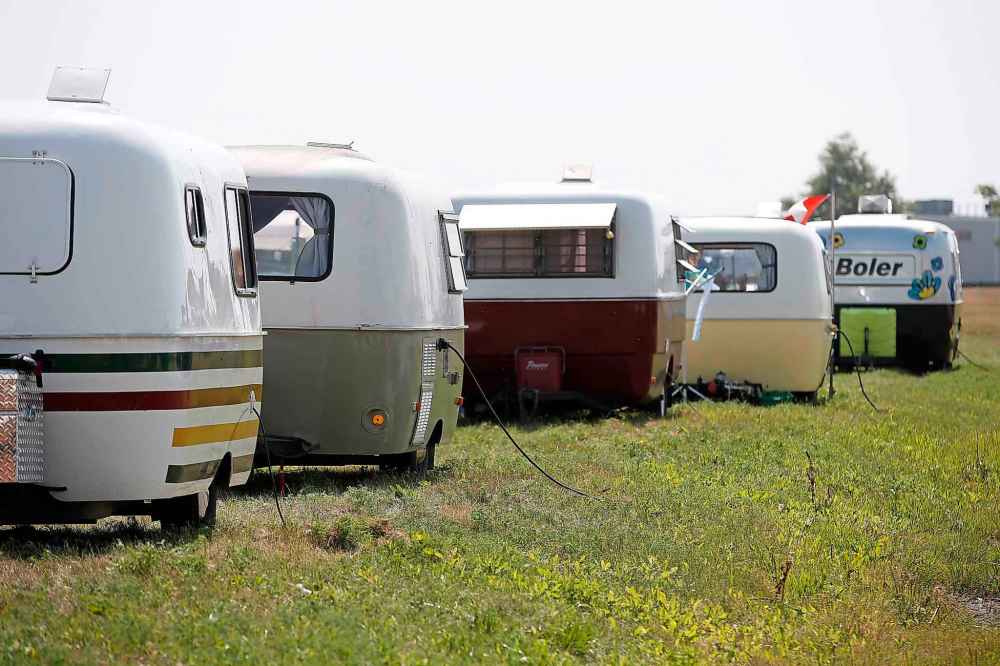
3. The Boler Trailer: Aficionados celebrated the 50th anniversary of the compact fiberglass campers by assembling in the birthplace of the beloved Boler in August 2018. More than 900 people from across North America gathered with their iconic trailers in Winnipeg’s Red River Exhibition Park, attracting another 1,800 members of the public for a visit. Ray Olecko created the Boler while working for Structural Glass in Winnipeg in the 1960s. He wanted a sturdy, fully equipped camper, with a cooler, stove, sink and storage, that would still be light enough for a four-cylinder car to pull. The last Boler rolled off the production line in the 1970s but the legend continues.
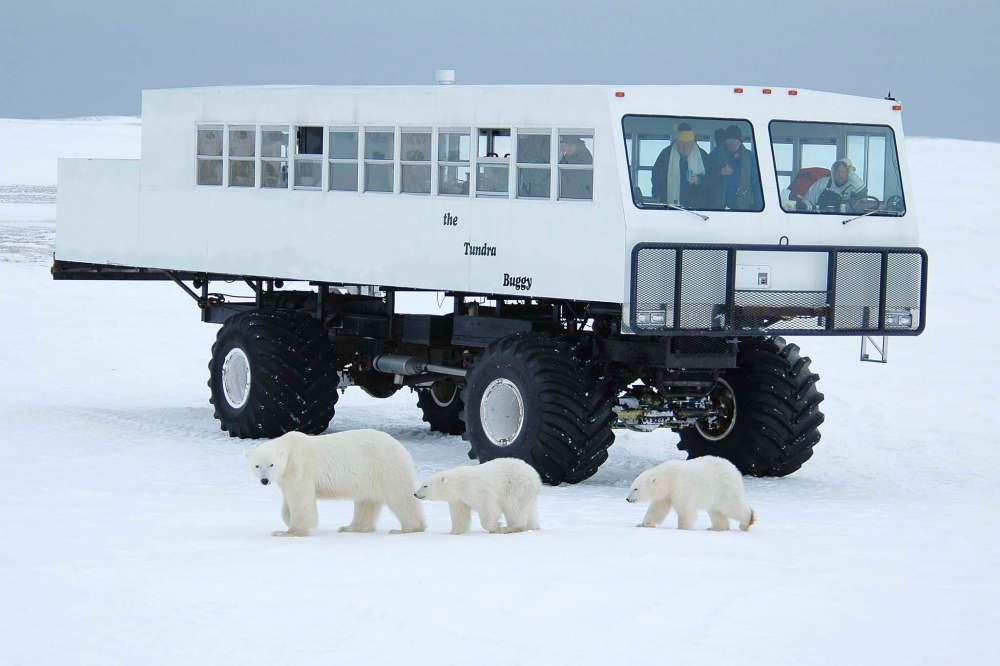
4. The Tundra Buggy: How do you take tourists safely out onto the tundra to see polar bears that can be up to three metres tall? On a vehicle with 1.7 metre tires, that’s how. Leonard D. Smith invented and constructed this unique all-terrain vehicle in 1979 and since then, hundreds of thousands of people have been able to get up close and personal with these majestic sultans of the north.
5. Murderball: In 1976, five wheelchair athletes — Jerry Terwin, Chris Sargent, Randy Dueck, Duncan Campbell and Paul LeJeune — created wheelchair rugby, a.k.a. Murderball. Since then, it has become an international sport and part of the Paralympic games. A documentary on the sport was nominated for an Oscar in 2005.
6. Canola: The oil has become such a staple that it’s hard to believe it was “invented.” But it was only in the 1970s that Baldur R. Stefansson and Keith Downey, scientists at the University of Manitoba, successfully bred most of the toxic erucic acid out of rapeseed to create an entirely new comestible product. Canola is now the world’s third most widely-produced edible oil.
7. Command Start: It’s hardly a surprise that the popular remote car starter was perfected by a German immigrant to “Winterpeg.” Hans Kraus must have quickly realized he didn’t want to sit in his car at -40 C to turn the ignition and wait for the car to warm up.
8. Garnet Amplifier: The man behind the overdrive rock sound of the Guess Who, Thomas Garnet “Gar” Gillies invented the Garnet Herzog preamp, a six-channel mixer associated with songs like American Woman. A former trombone player for the 1940s Jump Band, Gillies devoted the rest of his career to producing amplifiers and sound systems.
9. Selkirk Chimney: Still known by this name all over the world, the prefabricated chimney revolutionized fireplace venting when it was invented by Kelly Sveinson in Selkirk in 1933. After helping put out yet another masonry chimney fire, the Icelandic tinsmith designed a safe metal chimney, using a metal Coca-Cola sign for his prototype. The concept caught on and sales went “through the roof” at Selkirk Metal Products, with sales going global in subsequent years.
10. Scruples: The popular card game based on ethical dilemmas was invented in Winnipeg by Henry Makow in 1984. The game was purchased for a million dollars by Hasbro two years later, after being featured on The Tonight Show with Johnny Carson as well as in the Wall Street Journal. Since then, the game has been translated into six languages and has sold more than eight million copies worldwide.
11. The Wireless Photo Transmitter a.k.a. Fax Machine: Although Winnipegger and Second World War spy Sir William Stephenson is best known for being the inspiration for Ian Fleming’s James Bond, he was also an inventor. The first transatlantic image transmitted wirelessly was a photo of his wife. Stephenson invested the proceeds of his invention into a radio manufacturing firm and became a millionaire by the age of 30.
12. The Snowmobile/Power Toboggan: In 1911, 24-year-old Harold J. Kalenze of Brandon patented the first version of a snowmobile, the “vehicle propeller.” Then in the late 1940s, one of the first single-passenger, track-driven snow machines was created just north of Beausejour by Mike Bosak. He called it a power toboggan, and the name gave birth to the Canadian Power Toboggan Championships, held annually in Beausejour since 1963.
10 Famous People You Might Not Know Were Born in Manitoba
A random list of people you probably know but might not know were born in Manitoba. Some stayed for several years, some left very young, but all came to broad public attention beyond the borders of the province.
1. Terry Fox: Born in Winnipeg, he attended school in Transcona until the age of eight when his family moved to British Columbia, where he passed away after the cancer that had claimed his right leg returned and ended his fundraising run across Canada.
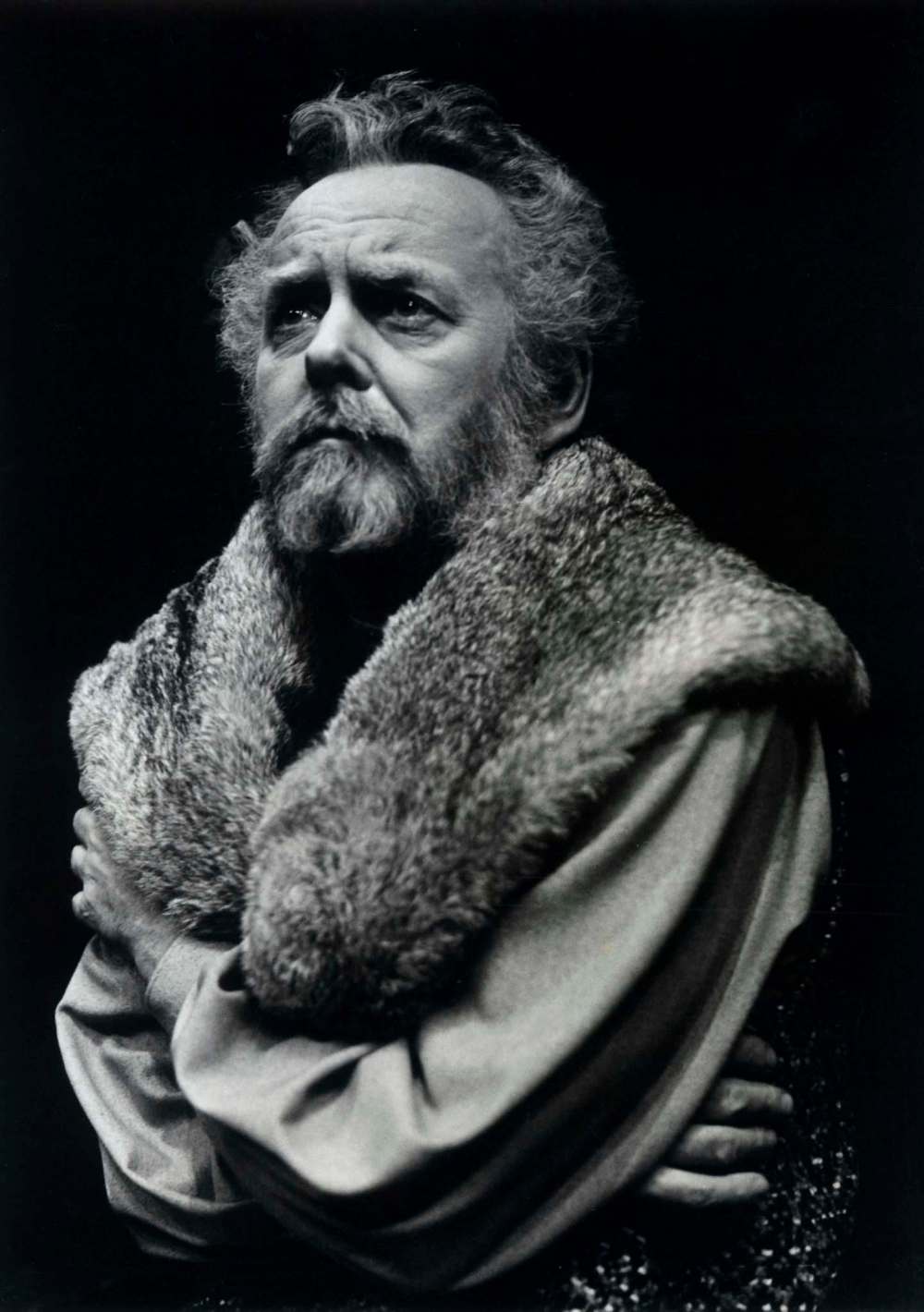
2. Douglas Rain: The Winnipeg-born actor played on stage at the Manitoba Theatre Centre before being immortalized as the voice of HAL 9000 in 2001: A Space Odyssey.
3. Lila Bell Acheson Wallace: Born in Virden in 1889, she moved to the U.S. as a child and went on to found Reader’s Digest with her husband, DeWitt Wallace.
4. Belinda Montgomery: The actress spent her first 10 years in Winnipeg. She has appeared in more than 90 television shows, including The Man from Atlantis, Miami Vice and Doogie Howser, M.D.
5. Sue Rodriguez: Diagnosed with amyotrophic lateral sclerosis (ALS or Lou Gehrig’s disease) in 1981, the Canadian right-to-die activist was born in Winnipeg in 1950.
6. Jim Treliving: One of the “dragons” on Dragon’s Den, the former RCMP constable was born in Virden in 1941. He is also the co-owner of the Boston Pizza restaurant chain.
7. Deanna Durbin: A year after she was born at the Grace Hospital in Winnipeg, Edna Mae Durbin’s family moved to Los Angeles, where she became a popular child actress and singer, appearing alongside the likes of Judy Garland. She was Hollywood’s highest-paid actress well into the 1940s.

8. Matthew Corrin: The born-and-raised Winnipegger founded the healthy fast food restaurant chain Freshii in 2005 at the tender age of 23. In 2018, the chain had 367 locations worldwide.
9. Claire Adams: Queen of the silent screen, Adams was born and raised in Winnipeg and served as a nurse in the First World War before breaking out on film in Hollywood.
10. Corey Koskie: The major-league baseball player and Canadian Baseball Hall of Famer was born in Anola and graduated from high school in Oakbank.
Ace Burpee’s List of 10 Favourite Lakes
10. Clearwater Lake: Yes, there some beautiful lake trout in Clearwater, but it’s also arguably the most beautiful lake on earth. I mean. The entire world. It’s literally a must see. Stunning.
9. Happy Lake: It’s a little tricky to get to, but is full of monster smallmouth bass.
8. Lyons Lake: A beautiful little trout lake right off the highway. It’s cold, clean, and a great spot for a day trip.

7. Black Lake: I associate it most, I think, with my Dad. We’ve spent a lot of time together on Black Lake.
6. Aikens Lake: I have friends named Pitt and Julie that run a lodge there and they are two of the kindest people ever, so I have forever great memories of Aikens.
5. Shoe Lake: I associate it most with spending time with one of my dogs. You can walk the shore for ages, something I’ve been doing with my dogs for literally decades.
4. Bakers Narrows: Up near Flin Flon, just a really beautiful part of the province.
3. Rice Lake: I think there are several Rice Lakes, but this one is full of massive smallmouth.
2. Falcon Lake: I’ve usually been able to catch either a really big pike, walleye, whitefish or bass there, in both summer and through the ice.
1. Tooth Lake: All-time favourite lake. Big, clean, rough and beautiful.
12 Manitoba Firsts
1. The first Canadian films were made by James Freer, a Manitoba farmer, and depicted life on the Prairies. In 1898, the Canadian Pacific Railway (CPR) sponsored Freer to tour England with his films, bearing titles such as Arrival of CPR Express at Winnipeg and Six Binders at Work in a Hundred Acre Wheatfield. The movies were so popular that the federal government sponsored a second tour in 1902.
2. The first opera house in Western Canada was built in Virden in 1911.
3. The first province to give women the right to vote was Manitoba in 1916.
4. The first post-secondary institution in Western Canada, Université de St. Boniface, was established in 1818. It is also the only francophone university in Western Canada.
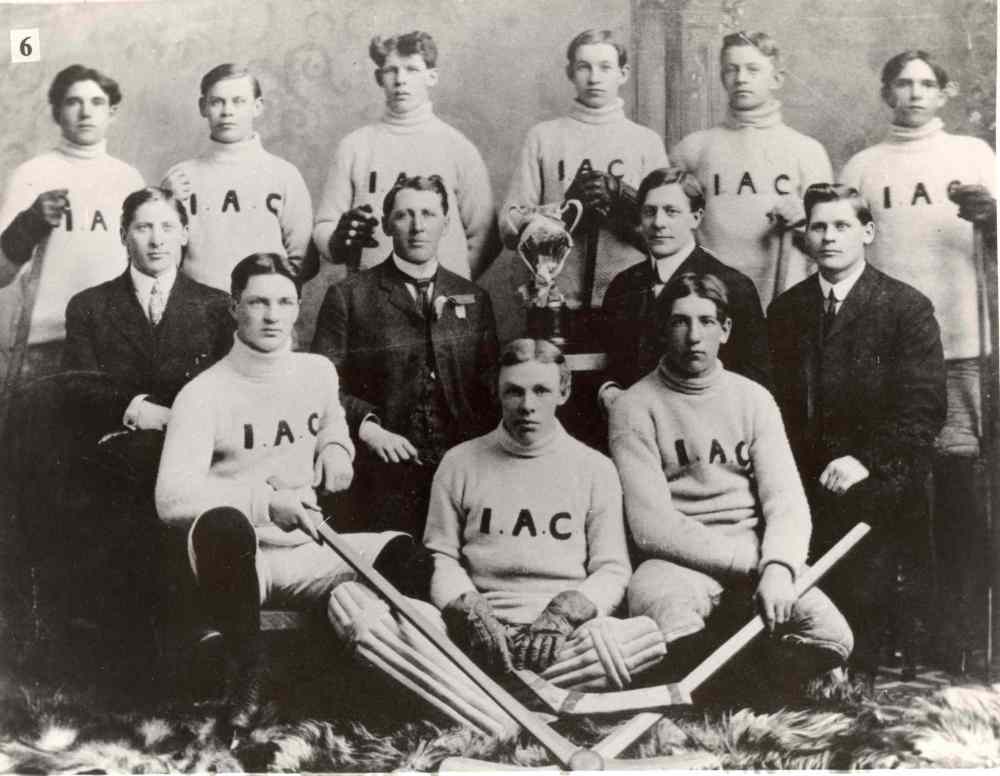
5. The first hockey team to win a gold medal at the Olympics was the Winnipeg Falcons, taking top spot at the 1920 Games.
6. Canada’s first A&W drive-in opened on Winnipeg’s Portage Avenue in 1956.
7. The first North American City to adopt a centralized, emergency phone number was Winnipeg. When it was launched in 1959, the number was 999, but in 1974, it was changed to 911 to match the rest of the country.
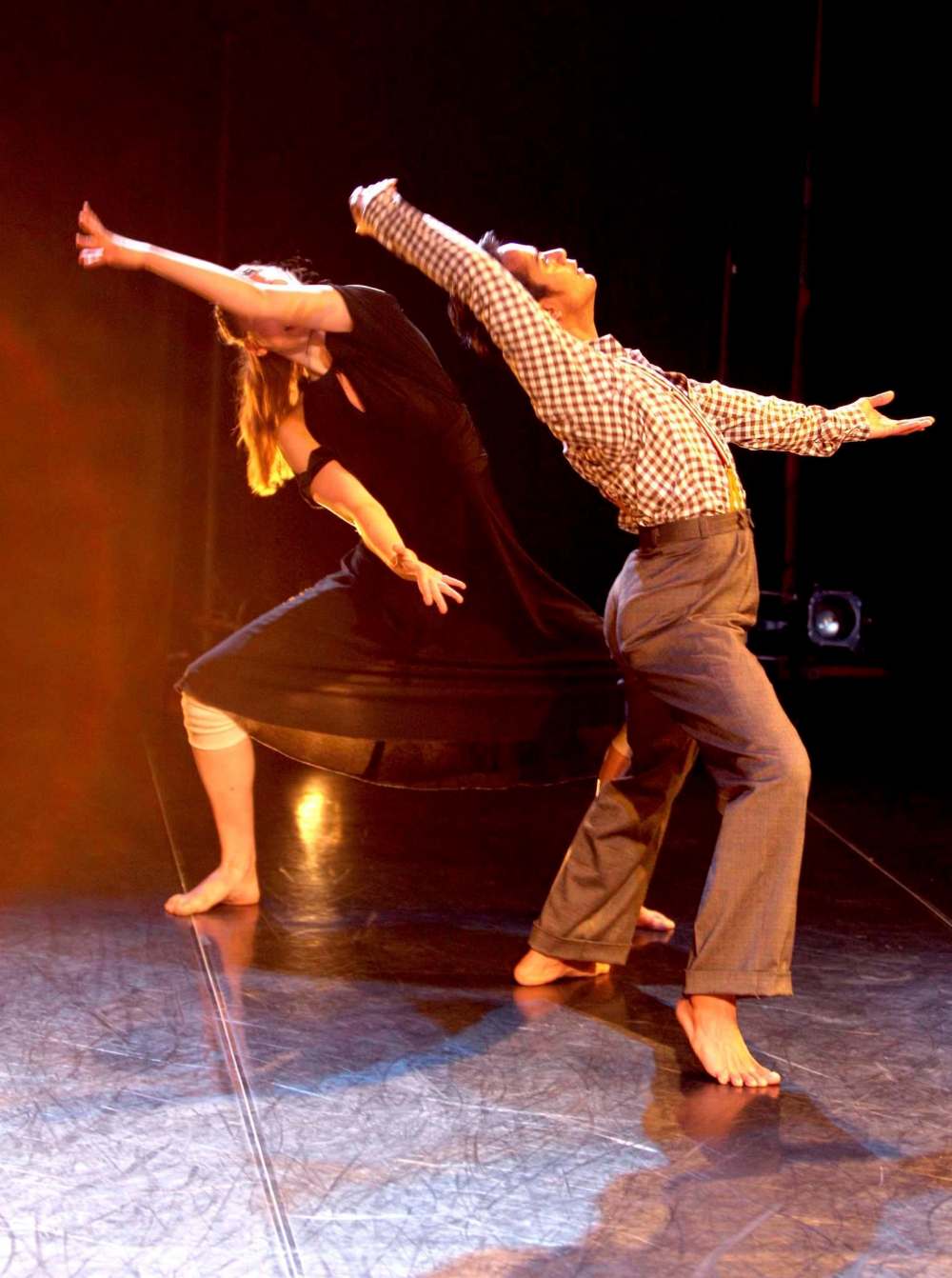
8. The first and longest running contemporary dance company in Western Canada is Winnipeg’s Contemporary Dancers, founded by Rachel Browne in 1964.
9. The first transplantee to give birth was Johanna Rempel at the Winnipeg General Hospital in 1967. Her son, Kerry, weighed a healthy 7 lbs. 12 oz. She had received a kidney transplant in 1960.
10. The first million-dollar hockey player was Bobby Hull of the Winnipeg Jets in 1971. He was given $1 million up front in a $2.75 million, 10-year deal with the World Hockey Association.
11. The first Canadian city to have an openly gay mayor was Winnipeg. Glen Murray served in that capacity from 1998 to 2004.
12. The first Internet pharmacy was launched in Manitoba in 2000.
Chris Rutkowski’s Top Ten Manitoba Haunts
1. The White Horse Plains: Along the Trans-Canada Highway near St. Francois Xavier is a statue of a White Horse. The figure is one of the few monuments in the world depicting a ghost. The story is that hundreds of years ago, a maiden escaped into the night with her lover astride a beautiful, white horse given as a gift from her betrothed, whom she was to marry the next day. They were pursued and killed, but the horse ran off and has been said to roam the prairie ever since.
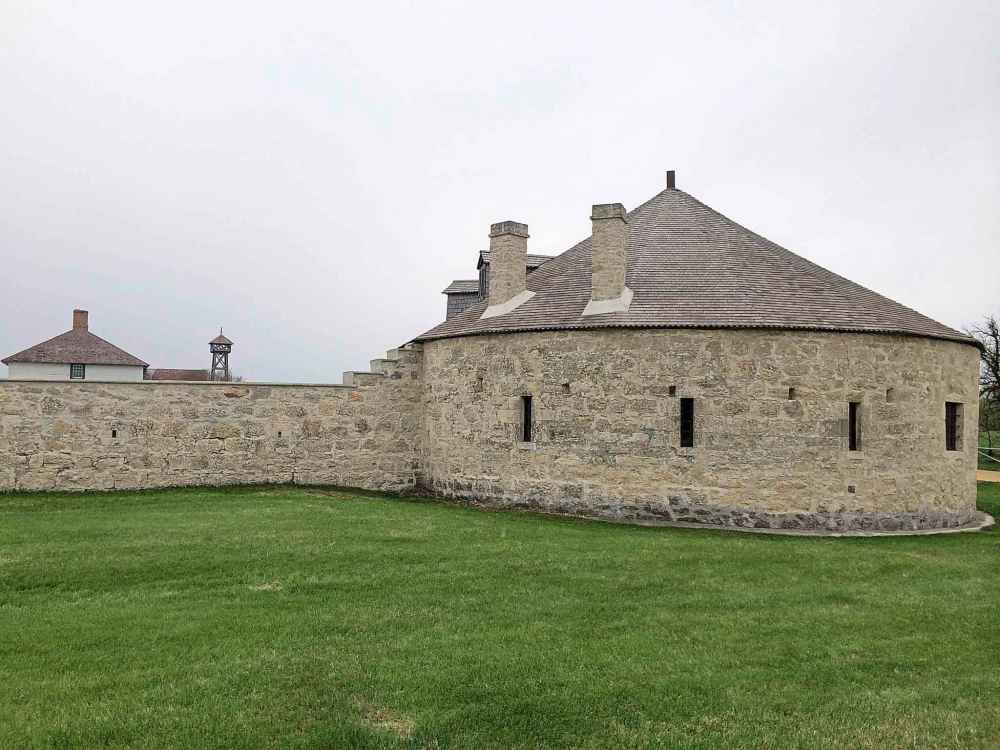
2. Lower Fort Garry: Apart from its rich conventional history, Lower Fort Garry has a reputation as being one of the most haunted places in Manitoba. Visitors and workers there have reported seeing rocking chairs moving by themselves and ghostly apparitions standing in otherwise empty rooms, and hearing chains rattling in the fur loft.
3. The Woodridge Spook Light: Since the 1960s, it has been said that if you wait any night after about 11:00 p.m. just south of Highway 203 east of town, you’ll see the Woodridge Spook Light dancing at the end of the road along the railway line. It was actually seen as early as the 1930s, and is supposed to be a lantern carried by the headless ghost of a man who was killed by a train many years ago.
4. Hamilton House: Although now a naturopathic clinic, at one time Hamilton House on Henderson Highway in Winnipeg was the North American centre of research into paranormal activity. Dr. T. Glen Hamilton conducted many séances in sealed upper rooms in the house, where many photographs of ghosts and other eerie phenomena were obtained. Even Arthur Conan Doyle, the author of The Adventures of Sherlock Holmes, visited the house in 1923 and participated in one of the séances.
5. Seven Oaks House: Similarly, Seven Oaks House Museum at 50 Mac Street is the oldest home in Winnipeg, and has developed a reputation as “the oldest haunted house in Manitoba.” Public investigation tours have been arranged by the Winnipeg Paranormal Group, during which attendees are guided through actual night-time investigations of the building.
6. Old Man Gimli and Thorgeir’s Ghost: Kids at camps throughout the Interlake are often told the story of Old Man Gimli, who wanders the bush along Lake Winnipeg for sinister and macabre purposes. One story is that travellers who stopped their car along the highway north of town were shocked to see a dark, brooding figure leap out at their car and grab onto their rear bumper before falling away. As well, the tale of Thorgeir’s Ghost is told by Icelandic settlers to the Hecla area. It involves a skinned bull that came back to life after being readied for butchering, and has been seen roaming the fields between Gimli and Riverton. They may not be true, but they’re great local tales.
7. The Manitoba Legislature Hermetic Code: Although to the untrained eye it is simply a large, ornate government building, the Manitoba Legislature is adorned with sphinxes, doric columns and even a replica of the Ark of the Covenant. And the statue of the Golden Boy on top of the building? The god Hermes. According to Frank Albo, sometimes called Manitoba’s own Dan Brown, the Legislature is a Masonic edifice designed to guide and help elected officials rule the province. Albo conducts guided tours explaining the Hermetic significance of the many bizarre features of the building. (Oh, and the building is haunted, too.)

8. The Haunted Marlborough: The Marlborough Hotel in downtown Winnipeg is also said to be haunted, in this case by a waitress who was murdered on the fifth floor in 1943. Tour groups sometimes take groups in on public investigation sessions.
9. The Haunted Hotel Fort Garry: Much has been written about Winnipeg’s Hotel Fort Garry and its various resident ghosts. One story is that a grief-stricken woman took her own life in Room 202 many years ago. Since then, some staff have said they have seen blood running down the walls of the room, and some guests have said they have seen her ghost at the end of their bed. In 2004, former Ontario Liberal MP Brenda Chamberlain was staying in Room 202 and said that, while in bed, she felt the mattress depress next to her as if someone was getting in beside her. The same or another ghost is said to have been seen in the hotel’s lounge, and in rooms on other floors.
10. The Haunted Nunnery: A former nun’s residence, L’Auberge Clémence Inn on the Prairie B&B and Retreat Centre in Elie is said to be haunted. Guests have heard footsteps on the wooden stairs, without anyone being near. Doors have opened and closed by themselves, and glimpses of a ghostly figure have been seen moving in several rooms.
10 Things to Do with a Sandbag After the Flood
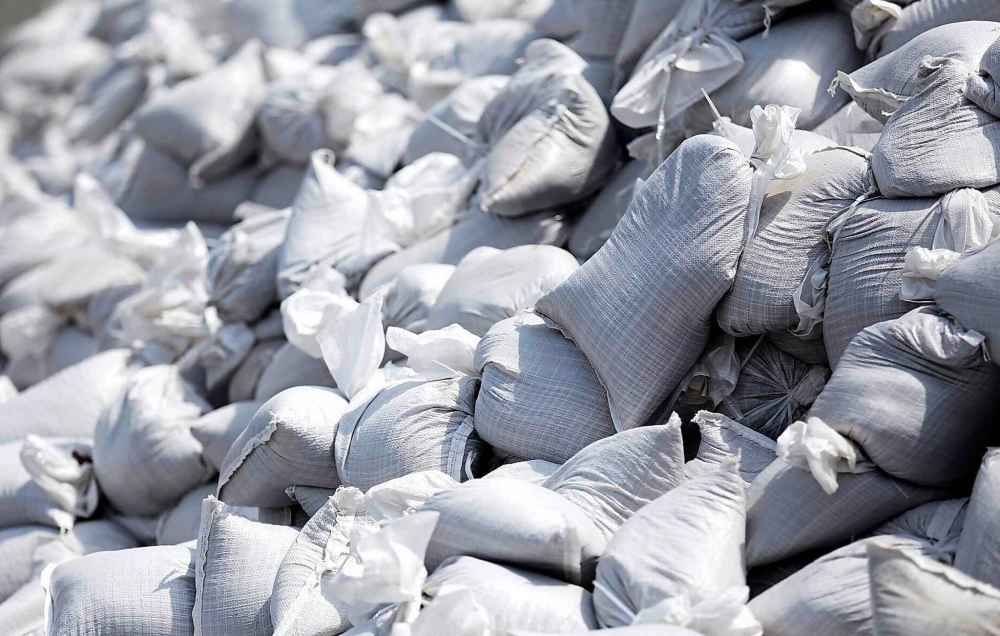
1. Use It as A Doorstop: For those few days in between the end of the flood and mosquito season.
2. Mosquito-Puddle Filler: Open the bag and empty the sand. You might kill a few before they hatch.
3. Very Sturdy Punching Bag: To help take out frustrations if the mosquito situation gets too bad.
4. Chair for The Winnipeg Folk Festival: Just the perfect height for the low chair section.
5. Replacement for Tent Pegs: Or, if you need to weigh down your tarp at Folk Fest, just use your leftover sandbags. Bonus: Your blue tarp will be easier to find.
6. Garden Mix: Time to loosen up that clay soil around the new plants.
7. Halloween Ghost Decoration: Just the right colour. Three strokes with a black sharpie and you’re set.
8. Ballast for Your Car: Improve your traction with some extra weight in the trunk. Bonus: If you get stuck, you’ll have some sand for under the wheels.
9. Front Walk De-Icer: A little sand will prevent visitors from taking a spill on your doorstep.
10. Security Blanket: Save that sandbag for next spring in case there’s another flood!
books@freepress.mb.ca
Preview
Launch of Everything Manitoba: The Ultimate Book of Lists, with author/editor Christine Hanlon
McNally Robinson Booksellers, Grant Park location
Sunday, Nov. 3, 2 p.m., free
History
Updated on Saturday, November 2, 2019 9:19 AM CDT: Correction: The Université de Saint-Boniface was established in 1818.






